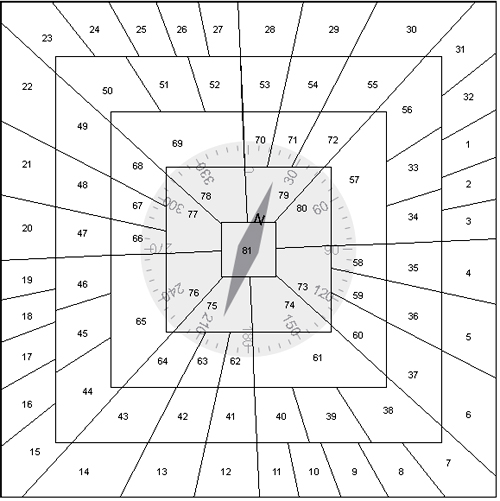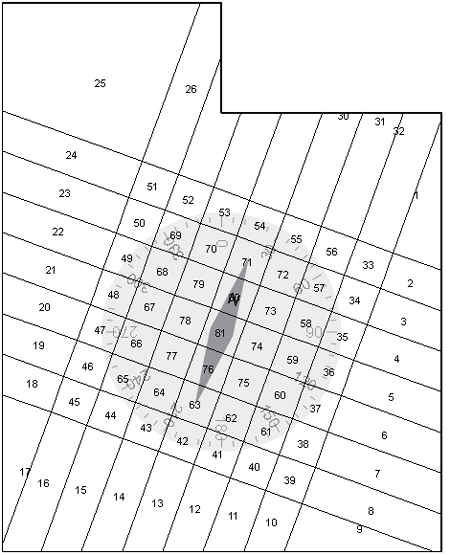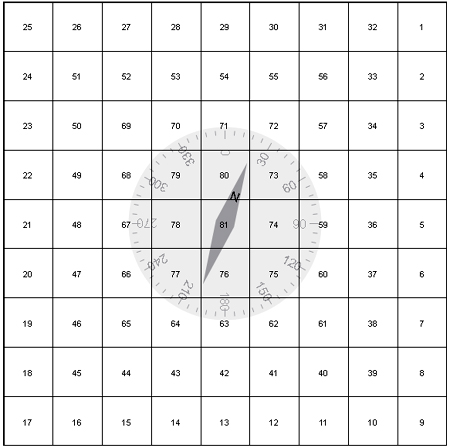RELEASED
Parashara's Light 9.0 (Windows)  is now available in English, Hindi, Gujarati, Marathi, Odia, Bengali, Assamese, Kannada, Tamil, Telugu & Punjabi
Parashara's Light 9.0 (Mac) is now available in English, Hindi, Gujarati, Marathi, Odia, Bengali, Assamese, Kannada, Tamil, Telugu & Punjabi
Parashara's Light 9.0 (Mac)  is available in English, Hindi, Gujarati, Marathi, Odia, Bengali, Assamese, Kannada, Tamil, Telugu & Punjabi.
Anka Jyotish in English, Hindi, Gujarati, Marathi, Bengali, Kannada & Telugu.
Vedic Vaastu is available in English, Hindi, Gujarati, Marathi, Bengali, Kannada, Tamil & Telugu. is available in English, Hindi, Gujarati, Marathi, Odia, Bengali, Assamese, Kannada, Tamil, Telugu & Punjabi.
Anka Jyotish in English, Hindi, Gujarati, Marathi, Bengali, Kannada & Telugu.
Vedic Vaastu is available in English, Hindi, Gujarati, Marathi, Bengali, Kannada, Tamil & Telugu.
|
|
|
|
|
|
|
|
|
Parashara's Light 9.0
|
|
It features a wealth of calculations, charts, tables, and interpretive reports.
|
|
|
|
Parashara's Light
Android Version
|
|
It is the ultimate and the most innovative Vedic Astrology Software for mobile phones & tablets! .
|
|
|
|
Vedic Vaastu 2.0
|
|
Traditional Vaastu for Modern Builds!
|
|
|
|
Anka Jyotish
|
|
Anka Jyotish software is for predictions based on numerological calcuations.
|
|
|
|
Vedic Astrology Bookshelf 1.2
|
|
Vedic Bookshelf is a classical Vedic Library at your fingertips.
|
|
|
|
Shri Muhurta
|
|
Automatically finds the most favorable time and date for any occasion.
|
|
|
|
|
|
Generate your Birth Star, Birth Chart, Mangala Dosha, Compatibility and Gem Recommendation Reports
Free and Instantly
from Instant Reports section on
Astrojeevan.com
|
|
|
|
|
|
Vedic Vaastu > Features > Calculation > Direction Tilt Consideration
|
Direction Tilt Consideration
This is another unique feature of the software as it allows a choice of three different methods to consider
direction tilt: Best fit, Compress fit and Zero tilt. Our learned users will be amazed by the in depth
dimension added to Vaastu layouts that emerges out of the combination of Vaastu grid methods and direction
tilt considerations.
Once you have fixed the direction of the property, in reference to north, you have to select between different
approaches by clicking on the Options Menu > Calculation Options which opens a window displaying the
various options for consideration of the direction tilt while drawing the Vaastu grid cells on the
property shape.
Let us now elaborate on the three types of tilt considerations. Vedic Vaastu allows you to choose from any
one of three methods to determine the direction tilt of the Vaastu grid. Please note that for properties
having all the sides perfectly aligned to their respective directions, the following three options will
give the same result.
Best Fit
The Best Fit method has been derived from the ancient classic Vaastu Vidya. According to this, the best
fit tilt direction method, which is generally used for Ekasheetipada Trikona Vaastu or Ekasheetipada
Vrita Vaastu can be applied with equal ease to Ekasheetipada Rectangular Vaastu.

The deity pada allocation generally used in the ekasheetipada system (considering zero degree north) has
been kept intact, and the available area for all the directions has been allocated equally. Consequently
all the four directions and the four cardinal directions find their proper place on the property super
imposition. The grid is drawn concentrically with 32 padas in the outermost periphery, 24 in the second,
16 in the third, 8 in the fourth and 1 pada in the core. No pada has been excluded. The padas in the
concentric rectangles are also intact, in as much as that the respective deities have been placed in
their individual positions.
This is one of the most scientific approaches to draw a Vaastu grid (when the north angle is deviated from
its natural position), because of the following:
a. All the directions have been given equal weightage. This is in tandem with the universe where all
the directions occupy an equal span.
b. All the ekasheetipada deities have been assigned their due position based on the direction.
c. All the eighty one padas have been retained (when there is no cut or extension in the property) and
consequently, there is no loss of padas.
d. This method has been inspired from the ancient Vedic Vaastu classics.
It may be noted that the results will vary if we consider a property with an extension or cut, depending
on whether we have chosen the circumscribed, inscribed or actual plot area options for vaastu grid drawing.
So, here we need to relate this to the various options for the Vaastu Grid area individually.
Compress Fit
This is one of the simpler approaches to draw a Vaastu grid (when the north angle is deviated from its
natural position). Here, all the ekasheetipada deities have been assigned their due position based on
the direction. All the eighty one padas have been retained (when there is no cut or extension in the
property) and consequently, there is no loss of padas.

A largest inscribed rectangle is drawn within the assigned property area, considering the north angle
deviation. The Vaastu grid is drawn length wise and breadth wise to make up the 9x9 = 81 cell grid. The
Vaastu padas, which lie on the outer periphery of the rectangle can optionally be stretched to include the
area on their respective sides. In this method, the span of the directions is unequal depending on the
north angle deviation degree.
Zero Tilt
The Zero Tilt method works on the assumption that the north direction is not deviated from the central position
of its respective side. So, the tilt consideration is limited to a 90 degree span.

This implies that if the tilt angle is within the range of +45 degrees and –45 degrees of the 0 degree North
compass needle, it will be treated as though there is no deviation in the north angle. If the tilt angle is
within the range of 45 to 135 degree, then the north is uniformly considered to be deviated by 90 degrees.
Similarly, if the tilt angle is within the range of 135 to 225 degree, then the north is uniformly considered
to be deviated by 180 degrees. Lastly, if the tilt angle is within the range of 225 to 315 (-45) degree,
then the north is uniformly considered to be deviated by 270 degrees.
The padas of the grid are drawn with 9 cells length wise and 9 cells breadth wise to make up the 81 cell
grid. Here we need to relate this to the various options for the Vaastu Grid area.
The Direction Indicator Compass shows all the four directions and can be optionally displayed on the backdrop of your plot or entity layout.
|
|
|
|